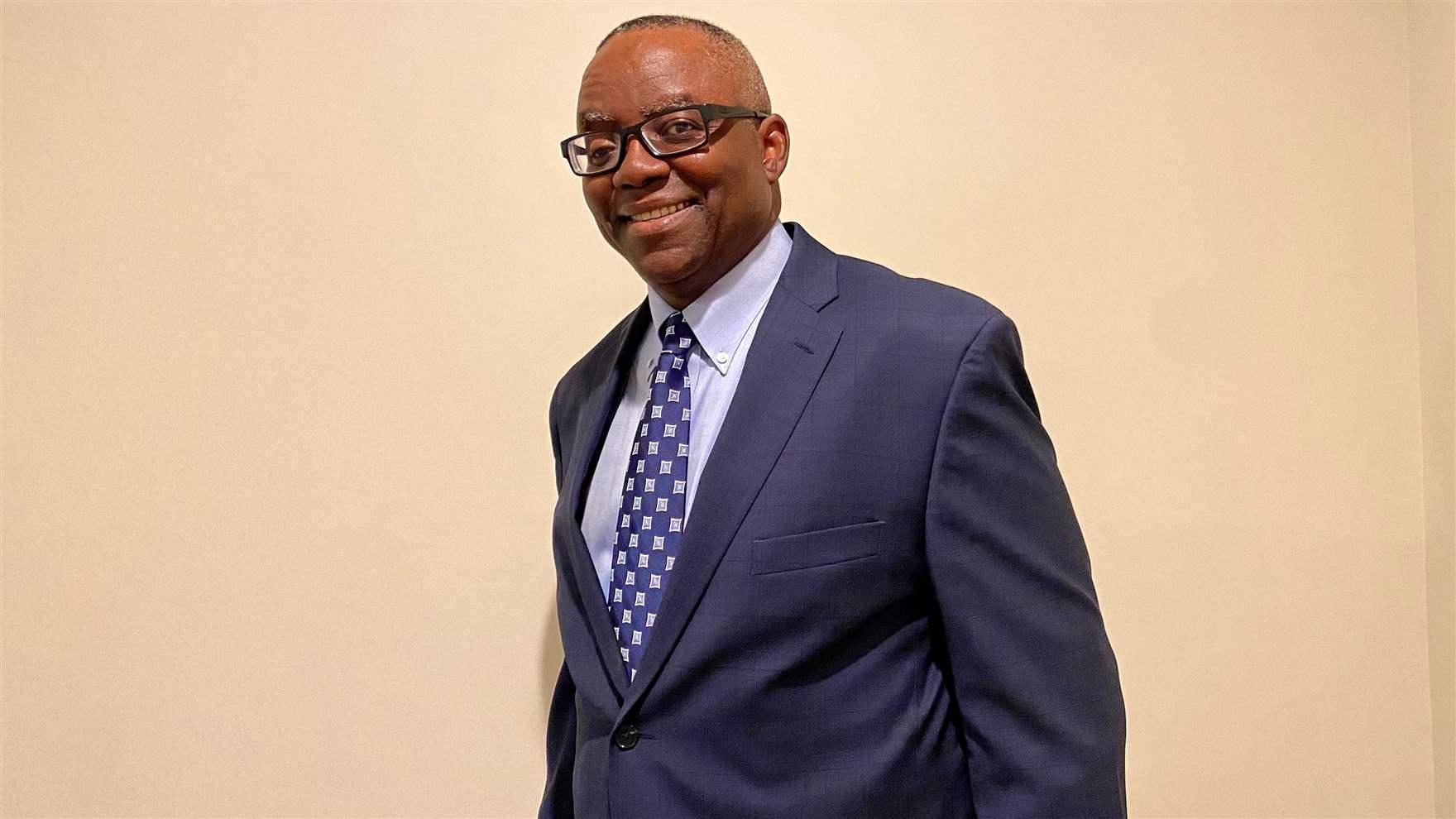Engineering Professor's Expertise Fuels Journalism Award

When the staff of the Miami Herald won the 2022 Pulitzer Prize for breaking news, the journalists gained coveted recognition for their coverage of the collapse of a condominium tower in which 98 people perished.
They had help.
Less than 24 hours after portions of the 12-story building collapsed on June 24, 2021, investigative reporter Sarah Blaskey reached out to College of Engineering Professor Abieyuwa Aghayere. An expert on structural engineering and an author of multiple textbooks on reinforced concrete, structural steel and structural wood with professional experience as an engineer and consultant, Aghayere had extensive insights to offer.
That expertise proved invaluable for Blaskey, whose editor had tasked her with leading a forensic investigation of the disaster to understand how it came about.
“I was like, ‘Oh great. I don’t know anything about structural engineering,’” Blaskey recalls thinking at the time. At 7:30 in the morning, she remembers making the first of many calls seeking Aghayere’s help and offering the first of many apologies for inconveniencing him.
“He was so nice and helpful,” Blaskey says. “He talked me through the basics of what I needed to look for, what he’d need for a forensic analysis.”
Her first assignment was obtaining the engineering designs from officials in Surfside, Florida.
Aghayere knew that the collapse could have resulted from construction deficiencies, poor maintenance or an external event such an earthquake, but he first sought to rule out flaws in the design of Champlain Towers South.
Once Blaskey provided the drawings, Aghayere immediately zeroed in on support columns that seemed “very skinny” for a 13-story building. Examining the design further, Aghayere noticed that the percentage of steel rebar embedded in the columns was problematic. Whereas the building code permits only 8 percent rebar in a support column, Aghayere calculated that the design featured nearly 15 percent rebar.
“What that meant was there’s not enough room for the concrete between the rebars to vibrate and work together,” Aghayere says. “That was the first thing I noticed.”
Aghayere explains that steel supports – when used correctly – will allow signs of stress to emerge early, enabling engineers to intervene before concrete fails.
The second thing Aghayere spotted was that a thin layer of concrete surrounded rebar in building slabs. The design indicated that just ¾-inch of concrete cover sufficed for rebar in external slabs that are exposed to the elements.
“It should have been at least 1.5 inches,” says Aghayere, explaining that seawater can readily seep into concrete, which is porous. “When it corrodes the rebar, that’s a disaster.”
Coincidentally, Aghayere knew the precise requirements for covering rebar, since he happened to possess a copy of the 1977 American Concrete Institute Code that was in force when the Champlain Towers were built in 1981. Having acquired the volume while pursuing his master’s degree at MIT, Aghayere was in a unique position to offer expertise on the building design.
Aghayere’s observations informed numerous stories that Blaskey and her colleagues at the Herald produced, as an official investigation unfolded over the course of a year, raising more questions.
“Every time a new thing would come up, he would patiently walk me through it again,” Blaskey says, noting that Aghayere supplied his own sketches and created a cardboard diagram as a teaching aid during a zoom session. “He was absolutely essential to this investigation.”
Soon after being quoted in the Herald, Aghayere fielded queries from CNN, the New York Times, the Wall Street Journal, USA Today and Voice of America.
“It boomeranged. The past year has been the most intense I’ve ever worked on any project,” says Aghayere, who was invited to give the keynote address to the Structural Engineers Association of California on Aug. 31.
In addition to helping journalists, Blaskey said, Aghayere provided a vital service to the entire community of Miami Beach Surfside, who were hungry to understand what had caused the 40-year-old building to suddenly fall.

- On the Trail of Deepfakes, Drexel Researchers Identify ‘Fingerprints’ of AI-Generated Video
- New AI-Technology Estimates Brain Age Using Low-Cost EEG Device
- Through Connections and Community, Drexel Course Helps Launch Computer Lab in Tanzania
- Drexel's Self-Heating Concrete Is One Step Closer to Clearing Sidewalks Without Shoveling or Salting
In This Article
Drexel News is produced by
University Marketing and Communications.
